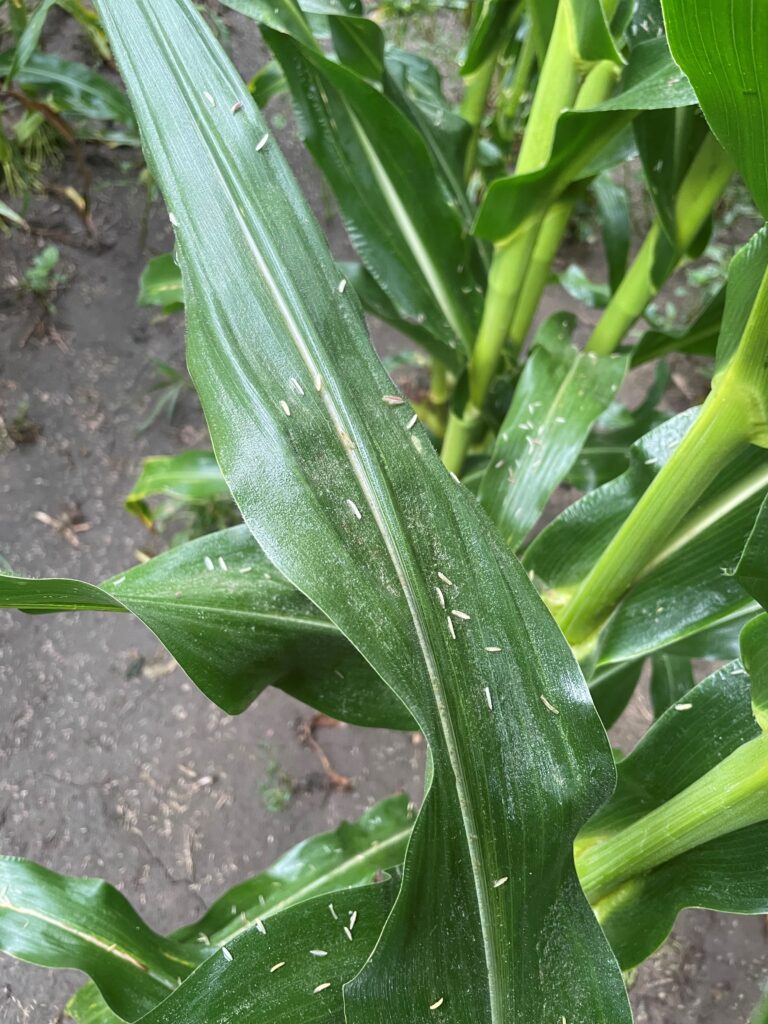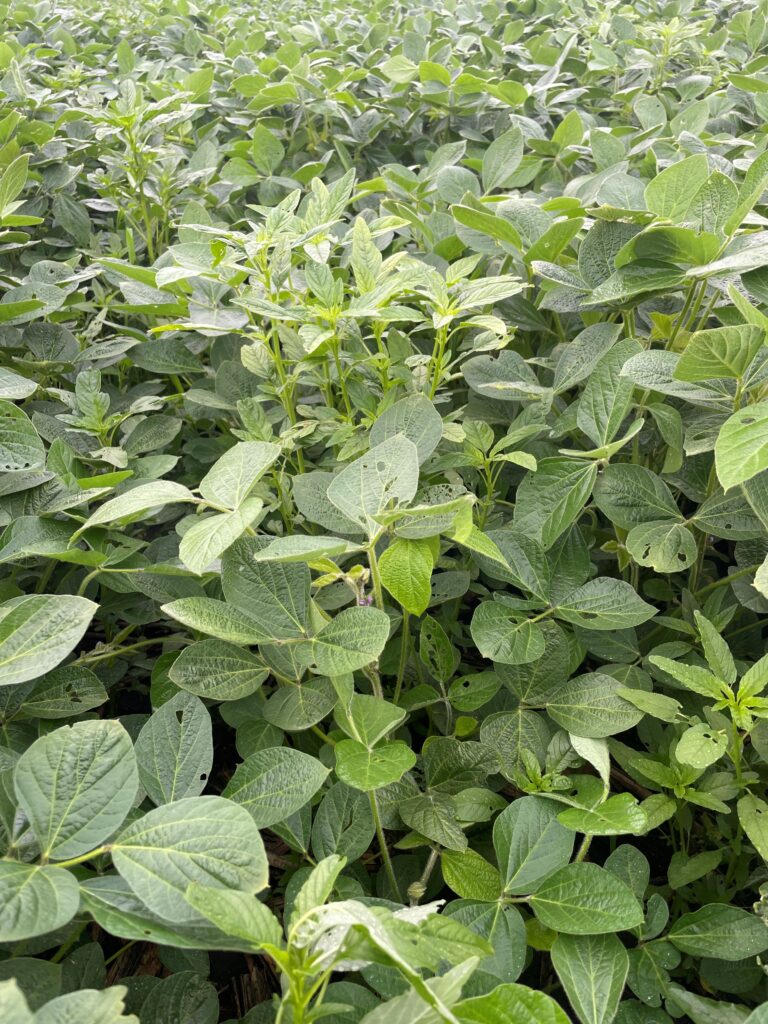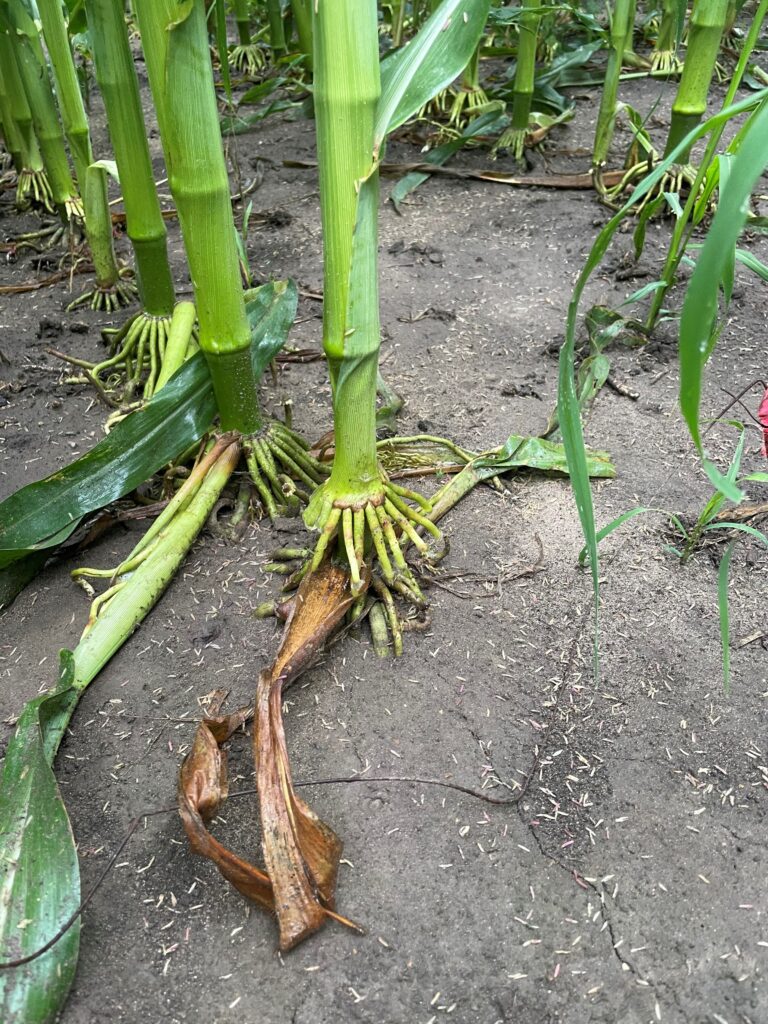
Russ Higgins
IL Extension
rahiggin@illinois.edu

Russ Higgins
IL Extension
rahiggin@illinois.edu
RUSS HIGGINS UPDATES



The remnants of Hurricane Beryl passed through northeastern Illinois depositing widespread and varying precipitation. Area wheat growers who have yet to harvest are facing an extended combining schedule and likely lower test weights as the grain rewets and dries. Many corn fields are currently pollinating, always an uncomfortable time to scout. Even so, it is still a critical time to do so, determining leaf disease pressure and fungicide application decisions. Current commodity prices suggest an eight to ten bushel preservation of yield is necessary to justify the cost of most aerial applications. I have yet to see Tar spot, but an agronomist further southeast shared that symptoms have been found. The University of Illinois Plant Clinic is offering free Tar Spot screening again this year. The downloadable screening form can be found at https://extension.illinois.edu/sites/default/files/2024-06/2024_free_corn_tar_spot_form_0.pdf . Waterhemp is starting to push through soy canopies and many conversations in July have centered on resprays and herbicide dissatisfaction. Make note and evaluate your level of control in fields as you plan for 2025. I always enjoy seeing brace root emergence in a corn field. I note hybrid differences and have heard a plant breeder suggest that brace roots are a photosynthetic drain on a corn plant yield potential. Whether it helps or hinders final yield, I feel better when seeing corn plants with the additional anchoring support of brace roots that make it to the soil. In my mind, it’s going to help that plant stand through harvest.


 and then
and then